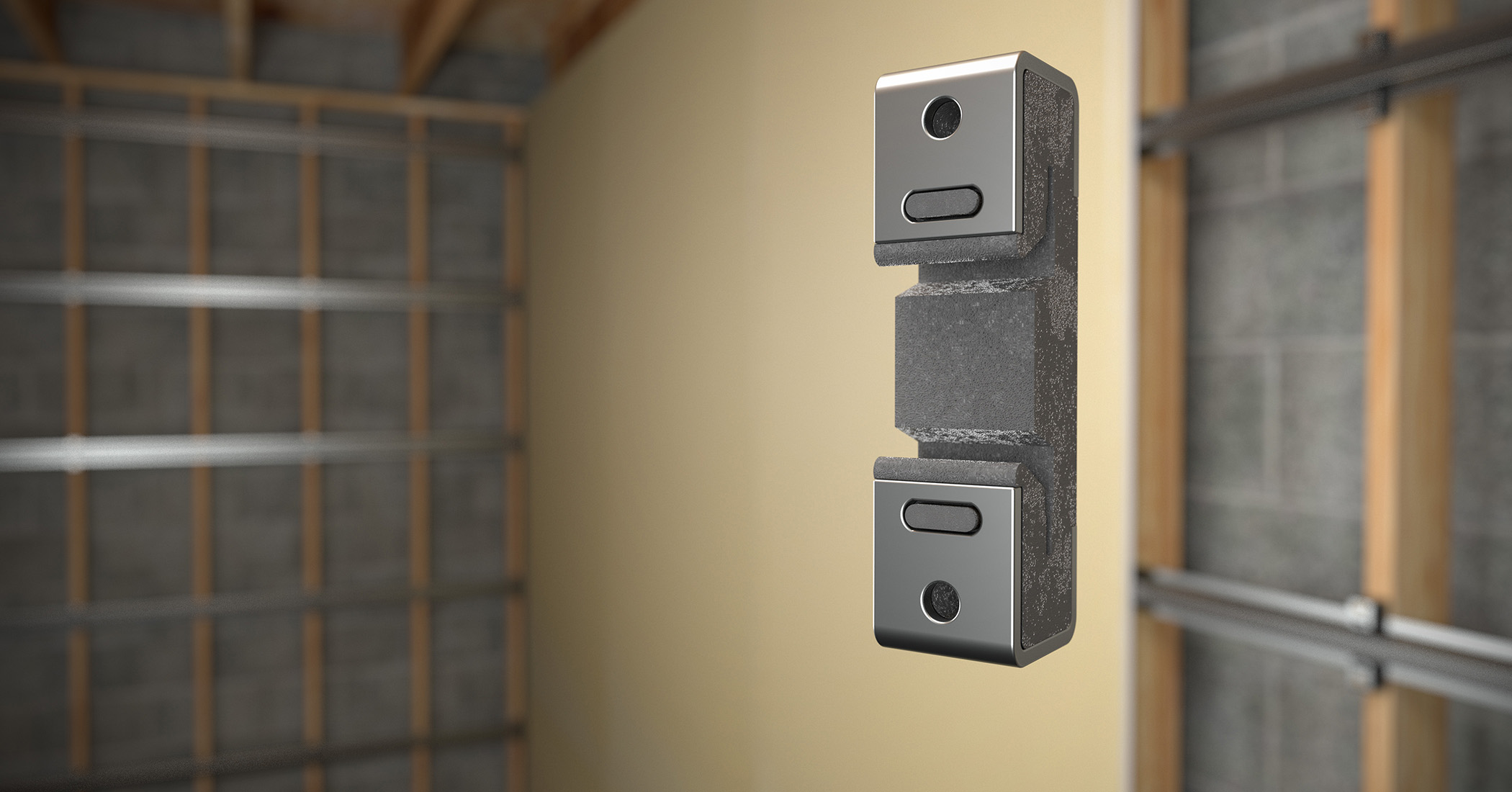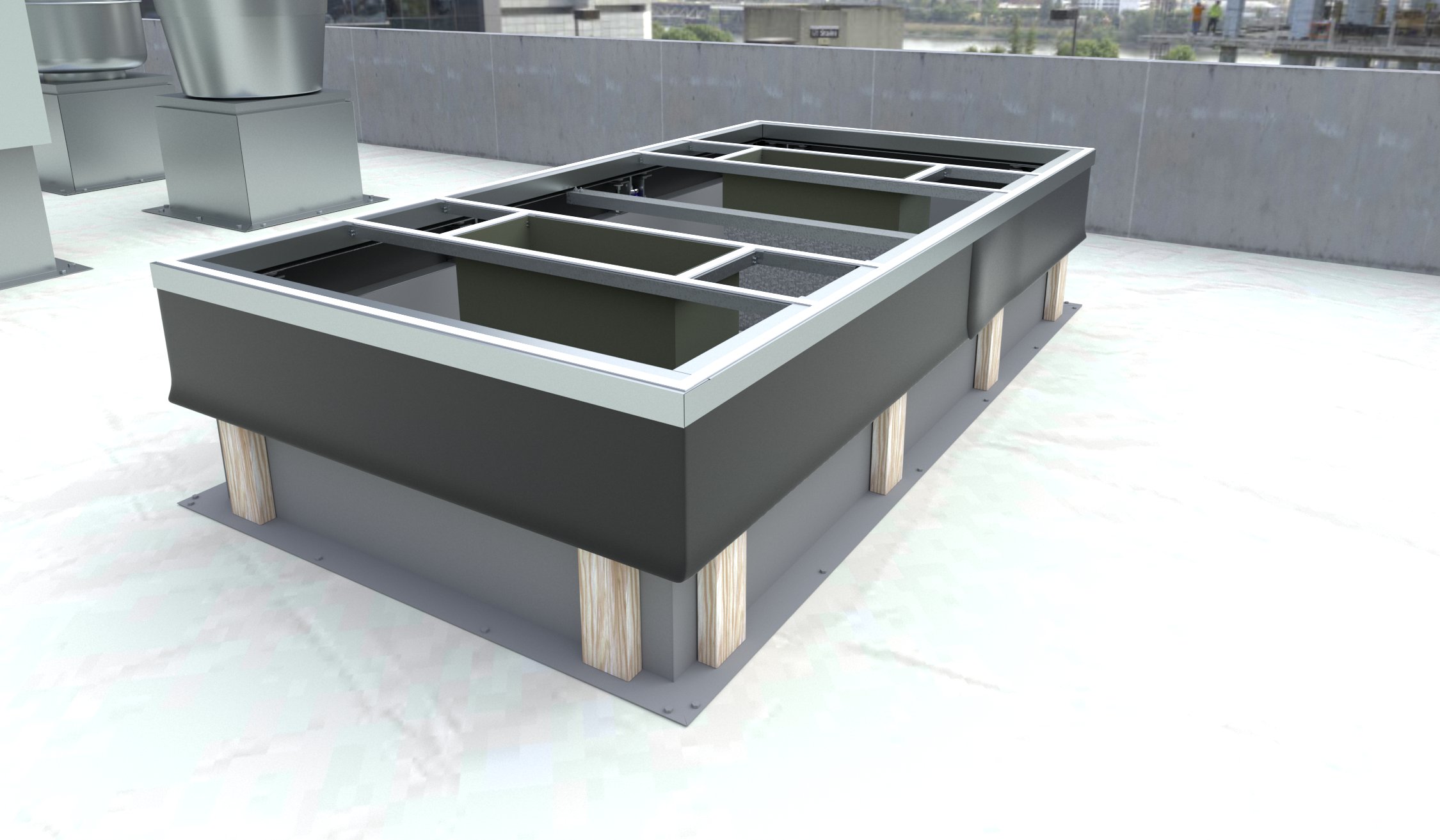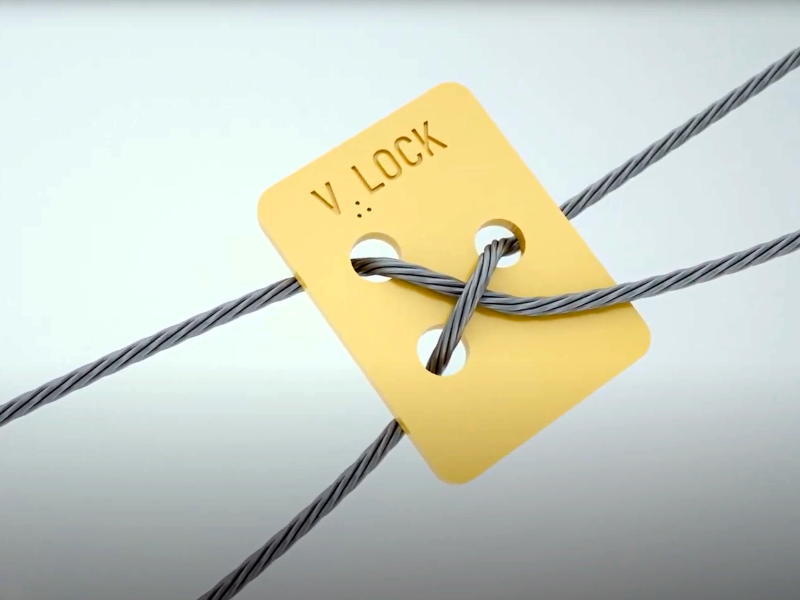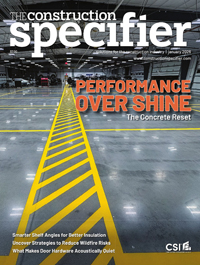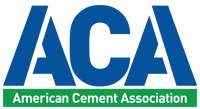Considerations for anodized aluminum cladding
Most finishing service providers and metal cladding manufacturers recommend any cuts, welds, or shaping are completed before the anodize process. With cut material, this ensures the inside edge also is finished. If welding is necessary, specify 5356 wire and the lowest possible heat is used to prevent halo discoloration in the anodized material.
Due to the extreme hardness of anodic coatings, it also is recommended all forming and bending be done prior to anodizing. Most post-production bending can cause anodize to “craze,” which produces a series of small cracks in the finish creating an undesirable, web-like appearance. One should consult with the finishing service provider to ensure the best appearance, the highest performance, and a fully warrantied finish.
Most finishing providers offer up to a 10-year extended warranty for anodized aluminum, but its lifespan can last decades with routine maintenance.
The hardness and durability of anodize upholds its appearance and performance. Anodize is a factory-controlled finishing process; therefore, it cannot be touched-up like a painted surface because anodize is integral to the metal.
Even with its resiliency, anodize aluminum’s natural aesthetic still may be marred by harsh chemicals and neglect. Some conditions may only affect the surface finish and not reduce the service life of the aluminum, but mortar, cement, and other alkaline materials can corrode an anodize finish if they are allowed to dry on the metal’s surface. If reasonable care is taken during handling, and high and low pH chemicals can be avoided, the anodize finish will remain in good repair.
If an aluminum panel suffers a severe scratch or gouge, a paint that resembles the anodize color may be used for small areas. An experienced field service finishing professional would pretreat the damaged area with a chromate conversation coating and then carefully touch up only the visible, raw aluminum. The painted surface will look different than the anodized material, but properly applied, the metal will have more protection than if it remained exposed.
As an alternative to paint touch-up or for anodized wall cladding with more extensive damage, building owners and facility managers may choose to replace or overclad the panel(s) with new, anodized aluminum. If the repair or replacement was not manufactured and finished at the same time as the original, there will be some variation; but it will provide a similar look and specified requirements.
Contributing to maintaining anodized cladding’s optimized aesthetic and performance, finishing service providers and cladding manufacturers can provide specifications professionals with cleaning and care instructions. As examples, strong acid or alkali cleaners and abrasive cleaning pads, should not be used and may affect the finish warranty.
While it is a hard and hearty finish, the best advice is to be gentle. A clean water rinse using moderate pressure will help remove most dust and dirt from anodized aluminum with minimal impact to the surrounding environment, further supporting the project’s sustainability and longevity.

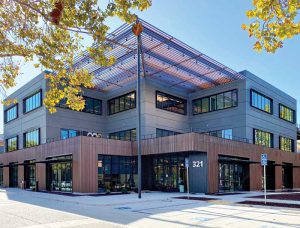
 Tammy Schroeder, LEED Green Associate, is the director of marketing at Linetec, one of the largest independent architectural metal finishing companies in the U.S. With more than 20 years of experience, she serves as an industry educator on high-quality, high-performance architectural finishing and services. She enjoys sharing her knowledge with architects, specifiers, and architectural product manufacturers working in commercial and residential building markets. Schroeder can be reached at tammy.schroeder@linetec.com.
Tammy Schroeder, LEED Green Associate, is the director of marketing at Linetec, one of the largest independent architectural metal finishing companies in the U.S. With more than 20 years of experience, she serves as an industry educator on high-quality, high-performance architectural finishing and services. She enjoys sharing her knowledge with architects, specifiers, and architectural product manufacturers working in commercial and residential building markets. Schroeder can be reached at tammy.schroeder@linetec.com.
